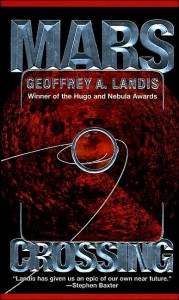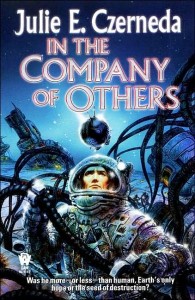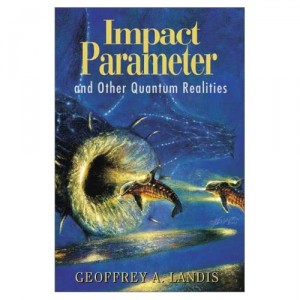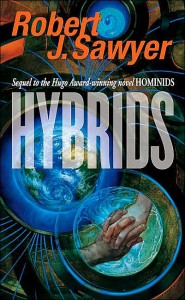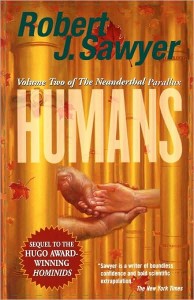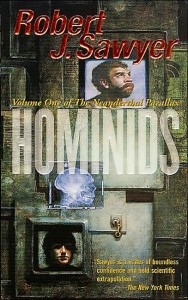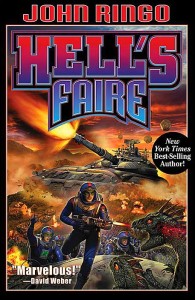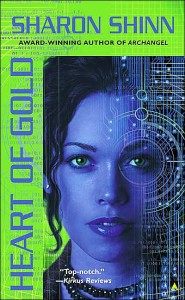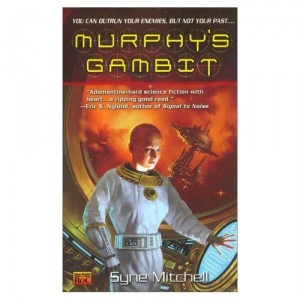 From newcomer Syne Mitchell comes Murphy’s Gambit, a gripping tale of adventure, intrigue, and exploration that explores a future where we’ve finally achieved the stars, and taken a whole new breed of slavery and prejudice with us. Thiadora Murphy is one of the “floaters,” the genetically-altered subset of humanity created to dwell and thrive in the hazards of zero-gravity situations. Not much more than indentured servants, subject to the whims and demands of the powerful Corporations who own entire solar systems, the floaters have developed a culture and mythology all their own. One in which the name of Murphy, Thiadora’s father, is revered and respected for his daring and unorthodox adventures, including the one he never returned from.
From newcomer Syne Mitchell comes Murphy’s Gambit, a gripping tale of adventure, intrigue, and exploration that explores a future where we’ve finally achieved the stars, and taken a whole new breed of slavery and prejudice with us. Thiadora Murphy is one of the “floaters,” the genetically-altered subset of humanity created to dwell and thrive in the hazards of zero-gravity situations. Not much more than indentured servants, subject to the whims and demands of the powerful Corporations who own entire solar systems, the floaters have developed a culture and mythology all their own. One in which the name of Murphy, Thiadora’s father, is revered and respected for his daring and unorthodox adventures, including the one he never returned from.
One of a kind, Thiadora, better known simply as Murphy, is the only floater to overcome prejudice and constant mockery to attend the military training academy of the Collective Enforcement Agency. It’s what she wants, and she’s willing to turn her back on her own culture to get it. But it’s not so easy for everyone else to let her forget it. Six years of being picked on hasn’t helped her temper one bit. And then powerful forces conspire to have her framed, and expelled from the academy, leaving her on her own, and with no resource but to sign on with one of the powerful Corporations, such as Gallger Galactic, Avocet, or Canodyne.
Everything makes perfect sense when she signs on, pretty much as a last resort, with Avocet, and discovers that what they really want her for is to help steal an experimental ship from rival corporation Gallger Galactic. At stake is a revolutionary new technology that would allow a single ship to launch itself, crossing light-years instantly, a technology controlled only by the Corporations. Until now. Caught between a rock and a hard place, Murphy sees another way out. With the Gambit as her bargaining chip, she could write her own ticket, give unparalleled freedom to the floaters, or end up dead for her troubles. With Kyle, the double-dealing employee of Gallger who first contacted Avocet, as her only real ally, Murphy has to fight her way through the ever-thickening threads of a mystery surrounding the Gambit, Gallger Galactic, Avocet, the floaters, and her own missing father. Where did this unique self-launching ship come from, and what will it take her to? And how will this affect the desperate rebellion of the floaters, who only want to survive on their own terms? And what secret is Kyle hiding, a secret that will put his very motivations into doubt?
By the time everything is revealed, the status quo will have been violently changed, and Murphy will learn more about herself, her father, and her future than she ever imagined.
Murphy’s Gambit is a stunning debut, and proves that Syne Mitchell is an author to watch for. The culture of the floaters, one based on scientific knowledge and worship, where they tattoo everything from the Heisenberg uncertainly principle, to Newton’s laws, to Carnot heat-cycle equations, to viral RNA diagrams on their shaved heads to denote their skills and societal standing, is fresh and intriguing. The Machiavellian intrigues of the Corporations are as familiar as the headlines of the Wall Street Journal, but conducted on a far grander scale. Murphy, a woman caught between two worlds and fitting into neither, is a complex and gripping character. All told, this is an encouraging start from a new author, and should appeal to any science fiction reader.


